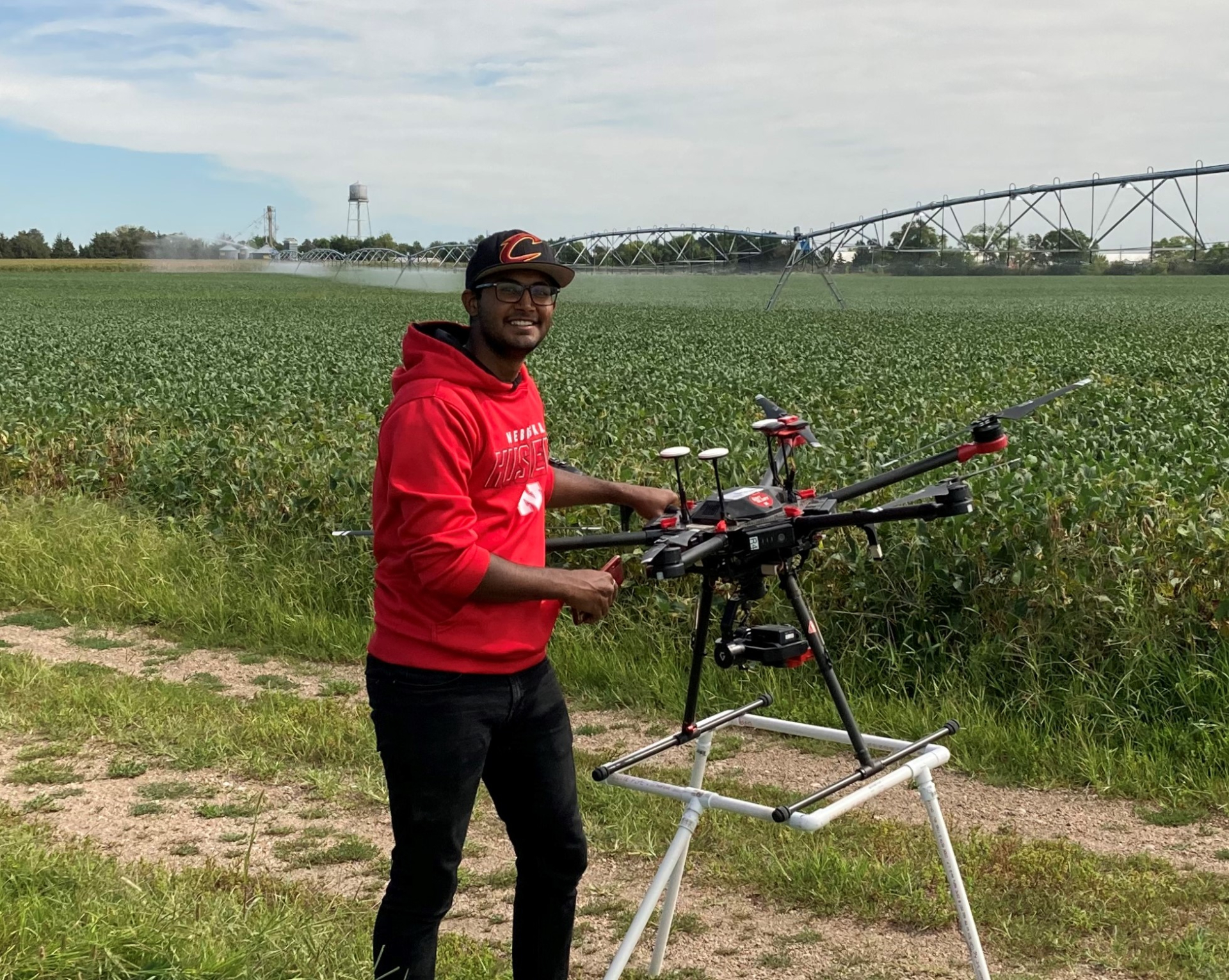
Biological Systems Engineering, Department of
Department of Agricultural and Biological Systems Engineering: Masters Project Reports
1. CREATE AN ACCOUNT IN THE UNL DIGITAL COMMONS
Go to https://digitalcommons.unl.edu.
Click on My Account.
On the next page, click Sign up.
Enter your first and last names (middle name or initial is optional, but match your thesis title page if possible) and email address.
Select and enter your password and retype it to confirm it.
Complete the Captcha challenge.
Click Create Account. This will generate a message to your email address.
2. Go to your email account and click the link in the automatic email to activate your account.
Note: If your spam filter is especially eager, it may block this message, so check the junk or spam folder if you don’t see an email from “support@dc.bepress.com.”
3. SUBMIT YOUR WORK
If you are reading these instructions online, you are currently on the correct page to submit your work.
If you are reading these instructions offline: submit your work in Biological Systems Engineering: Masters Project Reports series in the Digital Commons (available at https://digitalcommons.unl.edu/biosysengmastersproj).
In the cream-colored sidebar at left, click Submit your paper or article.
4. Title: Input (or copy and paste): your title using title case (that is, all words capitalized except non-initial articles, conjunctions, and prepositions, like this: Innovation and Sustainability in Textile Design).
5. Author: Input: your email address, first name(s), middle name(s) or initial(s), and last name(s). Add a suffix, if you have one (such as Jr. or III). The institution is University of Nebraska-Lincoln.
6. Date of this Version: Input: Date—month and year only.
7. Citation: Input: Biological Systems Engineering: Masters Projects Report, [year].
8. Comments: Input: Copyright [year], [Your Name], like this:
Copyright 2024, Solána Imani Rowe
9. Abstract: Input (or copy and paste): your abstract, if you have one. If you don't have an abstract, put a short summary of your work here or your table of contents .
10. Other fields: Document type is Article. Filling in the ORCID, keywords, and disciplines fields is optional. If you would like, in the applicable fields, you may: include your ORCID if you have one, add keywords (format: only the first word of each term capitalized, terms separated by commas), and select disciplines from the drop-down lists.
11. UPLOAD YOUR FILE
Click the open dot for Upload file from your computer. Click on the Browse button that appears. Browse to wherever your document is stored on your computer or external storage device; select it and double-click or click Open. Format types allowed are: .pdf, .doc, .docx, or .rtf. Non-PDF files will be transformed into PDF automatically.
12. Additional files: You should skip this unless you have datasets or other associated material not contained in the project file. If you do have such files, check the box. After the main document is uploaded, you will be given an opportunity to load the additional files one by one using the Browse feature. Click the Save button each time after selecting a file to include. These files can be in any of a variety of formats.
13. SUBMIT
Click the Submit button at the bottom of the screen.
You will soon see “You have successfully uploaded: ...” Check it over for errors in the title, comments, abstract, etc. If anything needs to be fixed, click the Revise submission button, which takes you back to the submission screen. Make any necessary changes there, be sure to re-attach your thesis file (repeat step 11) and then click the Submit button again.
14. After your initial deposit
Upon deposit, you will receive an email that your submission has been received; you will need to forward this message to the Graduate Office.
2025
The Effect of Participation in a Place-based Engineering Learning Experience on Engineering Career Aspiration of Nebraska’s Rural Students: A Mixed Method Study, Samereh Soleimani Babadi
2024
Enhancing Water Sustainability in North Africa: Literature Review and Synthesis of Current Knowledge Gaps in Sudan, Osman M. A. Adam
Impact of Irrigation Systems on Water Use and Water Productivity: A Case Study Using AquaCrop in Khartoum, Sudan, Abdalhakam Almagzoop
Design of Small-Scale Milk Processing Facility, Luke Bond, Robert Stenzel, Ry Steffen, John Van Nieuwenhuyse, Rossana Villa-Rojas, Terry Howell Jr., Tami M. Brown-Brandl, and Forrest Kievit
Assessing Soil Properties & Suitability for Optimized Irrigation Development in Sudan, Northern Africa, Suhib O. Hamid

